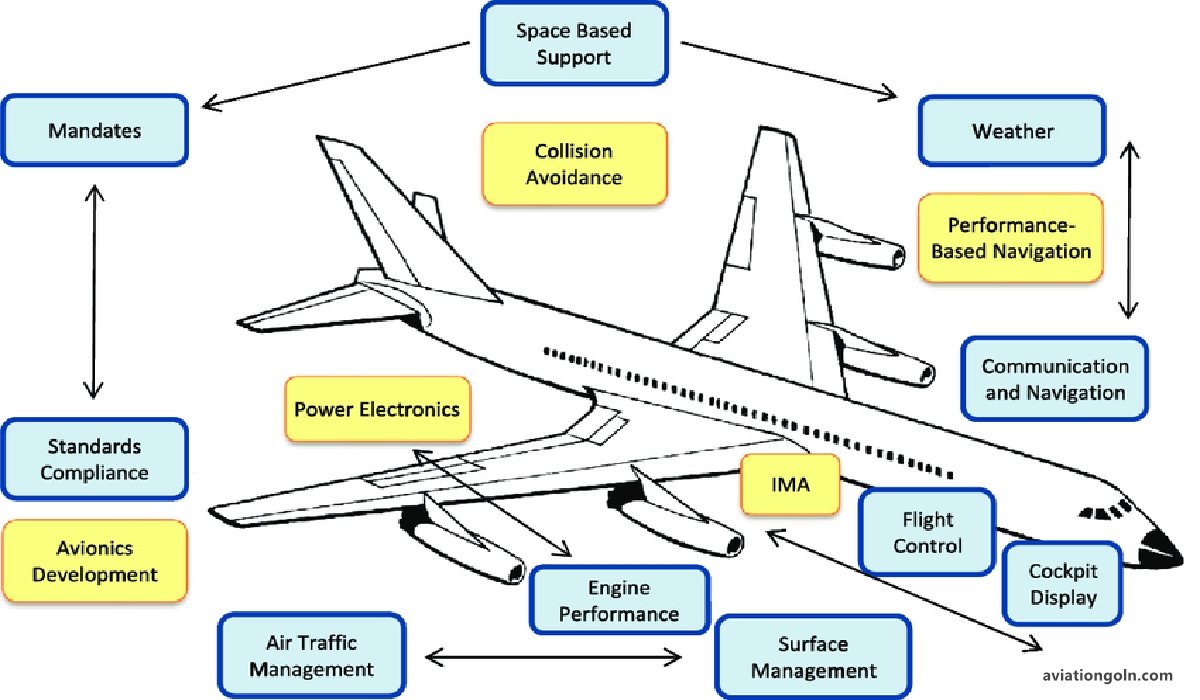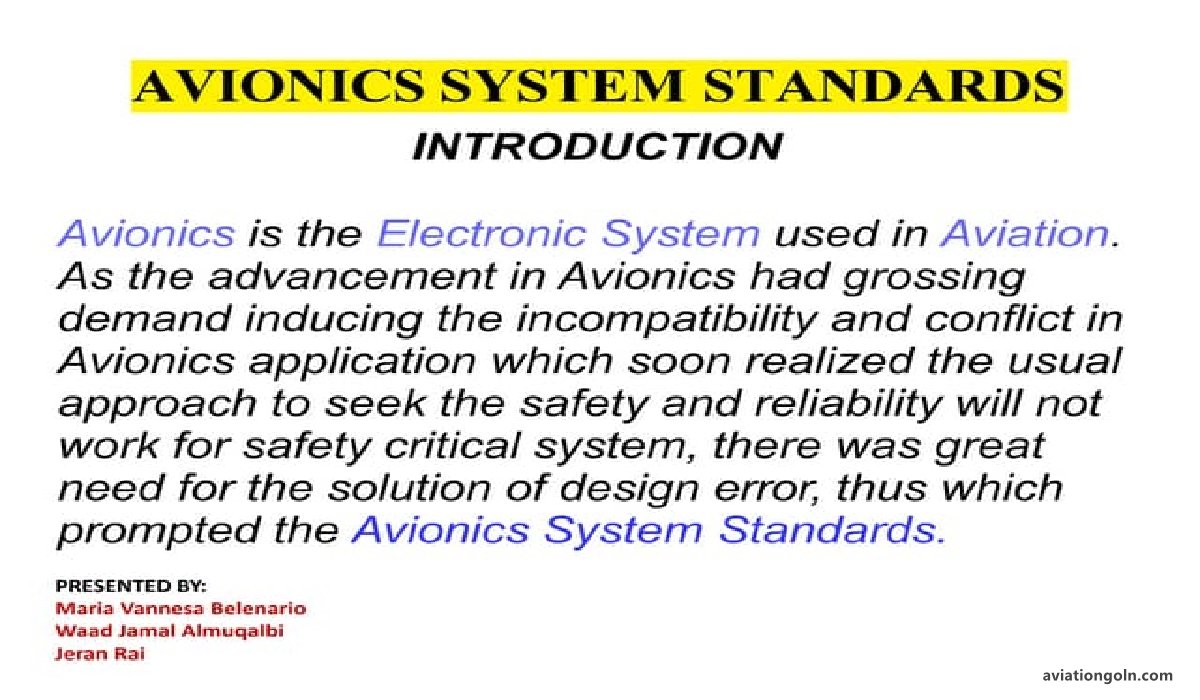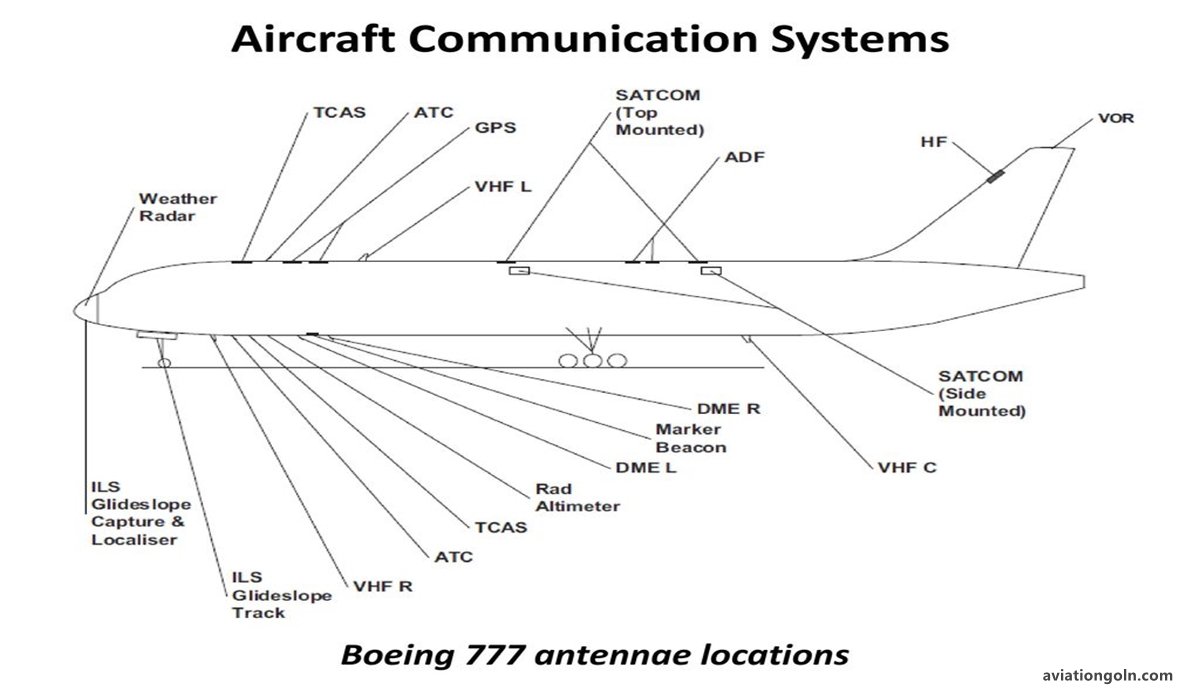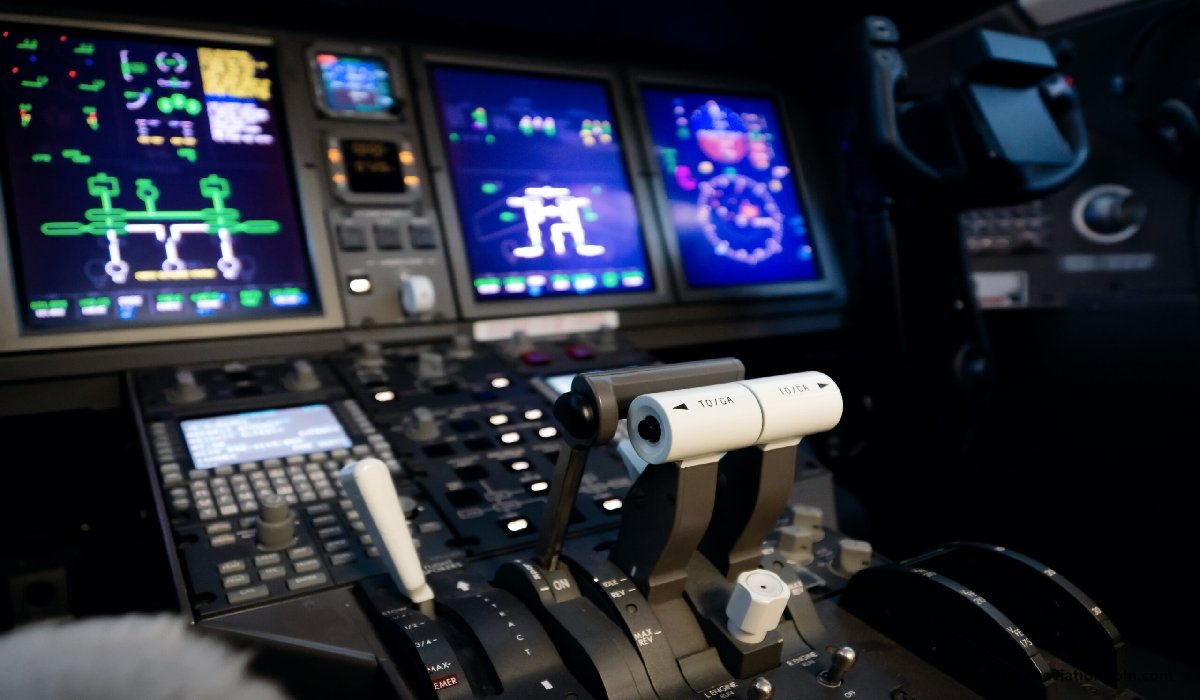Communication Systems as The Components of Avionics Systems : The world of aviation has undergone a series of revolutionary changes since the Wright brothers first took to the skies in 1903. The planes of today are a far cry from the rudimentary designs of the early 20th century. One of the most critical aspects of modern aviation that has seen a significant transformation is the domain of avionics. At the heart of avionics lies the communication systems that ensure the safety and functionality of an aircraft.
In this article, we’ll take a deep dive into the components of avionics systems with a specific focus on communication systems, highlighting their importance, functionality, and evolution over the years.
Communication Systems as The Components of Avionics Systems

1. Introduction to Avionics
Before delving into communication systems, it’s essential to understand avionics. The term “avionics” is a blend of aviation and electronics. It encompasses the electronic systems used on aircraft, satellites, and spacecraft. Avionics systems include navigation, communication, display, and the management of multiple systems.

2. The Significance of Communication Systems in Avionics
Communication systems, whether they are voice-based, data-based, or both, form the lifeline for an aircraft. They connect the aircraft with ground control, other planes, and various agencies that help guide and control its movement. In an environment where even a minute’s delay or miscommunication can lead to catastrophic results, the efficiency and reliability of these systems become paramount.

3. Components of Communication Systems in Avionics
a. VHF Omni-Directional Range (VOR):
VOR is a type of short-range radio navigation system that allows aircraft to determine their position and stay on course by receiving radio signals transmitted by a network of fixed ground radio beacons. It functions in the VHF band, between 108.0 and 117.95 MHz.
b. High-Frequency Radio:
While VORs provide excellent short-range communication, high-frequency (HF) radios cater to the long-range needs. These radios operate in the 3-30 MHz band and can facilitate communication over thousands of miles, especially useful for transoceanic flights.
c. Transponder:
A transponder is a device that produces a coded response when it receives a radio-frequency interrogation. In aviation, aircraft are fitted with transponders to assist in identifying them on air traffic control radar. The transponder sends signals that provide information such as aircraft identification and altitude.

d. Automatic Direction Finder (ADF):
The ADF is a navigation system that uses terrestrial radio beacons. The airborne ADF equipment points to the direction of the ground beacon, helping pilots navigate.
e. Traffic Collision Avoidance System (TCAS):
One of the most crucial communication components, TCAS, monitors the airspace around an aircraft for other aircraft equipped with a corresponding active transponder. If a potential collision threat is detected, the TCAS system will suggest an evasive maneuver to the pilot.
f. Satellite Communications (SATCOM):
With the advent of satellite technology, avionic communication has taken a leap forward. SATCOM allows for real-time communication between the aircraft and ground control, irrespective of the aircraft’s location.
g. Datalink:
Datalink refers to the direct data communication between the aircraft and ground stations. It enables the exchange of information like weather updates, flight plans, and other essential data.

4. Modern Trends in Avionics Communication Systems
With the constant evolution of technology, avionic communication systems aren’t left behind.
a. Controller-Pilot Data Link Communications (CPDLC):
This is a two-way data-link system where a controller can transmit non-urgent strategic data to a pilot. It reduces the need for voice communication, which, given the crowded radio frequencies, is a significant advantage.
b. Integrated Modular Avionics (IMA):
IMA replaces numerous separate processors and Line Replaceable Units (LRUs) with fewer, more centralized processing units. This architecture minimizes redundancy, reduces weight, and enhances efficiency.
c. Software-Defined Radios (SDRs):
SDRs can be reprogrammed or reconfigured through software to operate on different frequencies or modulation schemes. This flexibility ensures that the aircraft’s communication systems can be updated without undergoing expensive hardware changes.
d. Enhanced Vision Systems (EVS):
EVS provides pilots with better visibility using infrared or other sensors. This technology improves situational awareness, especially during poor visibility conditions.

5. The Future of Avionic Communication Systems
a. Cognitive Radios:
Just as software-defined radios brought flexibility, cognitive radios promise adaptability. These systems will be able to determine the best way to communicate based on current conditions, such as available frequencies and potential interference.
b. Internet of Things (IoT) in Aviation:
As aircraft become smarter, they will produce more data. This data can be transmitted in real-time using advanced communication systems, providing ground control and maintenance crews with valuable insights about the aircraft’s condition and performance.
c. Quantum Communication:
This futuristic communication method uses quantum mechanics principles to transmit data. Quantum communication promises ultra-secure, lightning-fast communication, which could revolutionize avionic communication systems.

Communication systems form the backbone of avionics, ensuring that flights are safe, efficient, and timely. As technology advances, so do the means by which we communicate in the skies. From the rudimentary radio systems of the early 20th century to the promise of quantum communication, the realm of avionic communication is as vast as the sky itself. Each innovation brings with it a promise of safer, more efficient, and more connected skies.
